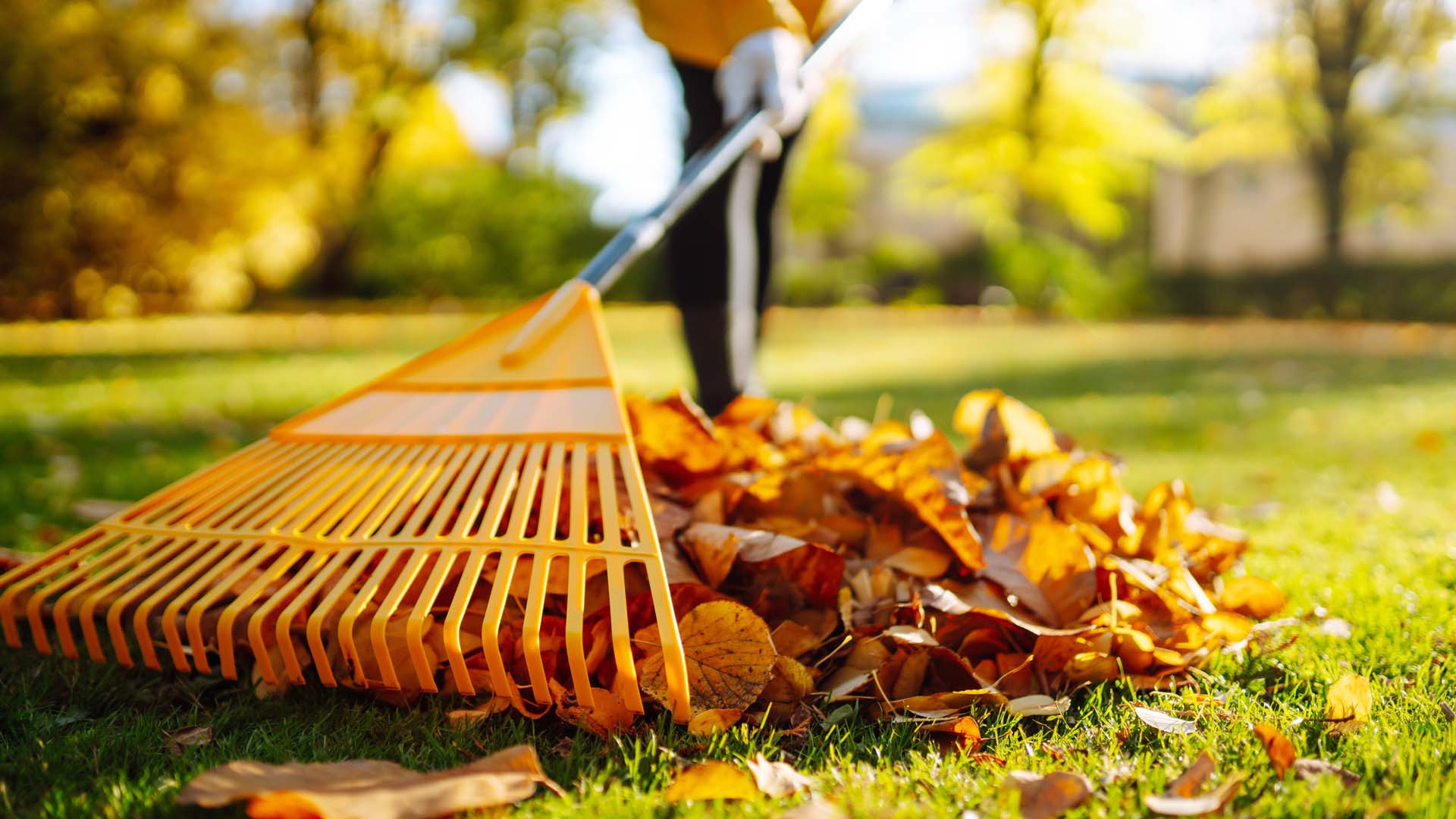
Autumn is a key season for lawn care in the UK. After a busy summer of use and before the winter weather sets in, it’s the perfect time to give your grass the attention it needs to recover and prepare for the colder months. A little effort now means your lawn will be healthier, stronger, and greener come spring.
Why focus on your lawn in autumn?
Summer often leaves lawns tired. Foot traffic, dry spells, and regular mowing can weaken the grass. Autumn, with its cooler temperatures and increased rainfall, creates the ideal conditions for repair and growth. By focusing on lawn care in this season, you’re giving the grass the best chance to thicken up and develop strong roots before winter.
Mowing
One of the simplest ways to look after your lawn in autumn is to adjust how you mow. Grass growth slows as the temperature drops, so you won’t need to cut it as often. When you do mow, gradually lower the cutting height compared with summer, but don’t scalp the grass. Leaving the blades slightly longer helps protect the lawn against frost and gives it more surface area for photosynthesis.
Raking and removing thatch
Autumn brings falling leaves, and while they look lovely, leaving them on the grass can smother and weaken it. Regular raking is essential. As well as clearing leaves, it’s also a good opportunity to remove thatch. This is the layer of dead grass and moss that builds up at the base of the lawn. Thatch prevents water and nutrients from reaching the soil, so getting rid of it helps your lawn breathe and absorb moisture more effectively.
Aeration
After a summer of use, the soil beneath your lawn may have become compacted. This makes it harder for air, water, and nutrients to reach the roots. Autumn is the best time to aerate. For small lawns, a garden fork pushed into the soil every few inches will do the job. For larger areas, you may want to use a mechanical aerator. The holes created improve drainage and encourage stronger root growth.
Feeding for strength
An autumn feed is different from a spring or summer one. Instead of promoting fast top growth, the aim is to strengthen the roots and prepare the grass for winter. Look for a lawn fertiliser that is high in potassium and phosphorus but lower in nitrogen. This balance helps the lawn resist frost and disease, giving you a healthier, denser sward when spring arrives.
Overseeding bare patches
If parts of your lawn have thinned out over the summer, autumn is the best time to overseed. The soil is still warm enough for seeds to germinate, and the increased rainfall helps them establish. Lightly rake the surface, scatter seed evenly, and keep the area moist until growth appears. Overseeding not only fills bare patches but also thickens the lawn overall, making it harder for weeds and moss to take hold.
Dealing with moss and weeds
Moss often thrives in damp, shady areas of the lawn. Autumn is a good time to apply a moss killer, especially after scarifying or raking. Once the moss has blackened and died, rake it out and consider overseeding to restore grass cover. For weeds, hand-pulling is effective for smaller infestations, while selective weed treatments can be used for larger areas.
Avoiding waterlogging with garden edging
One of the challenges of autumn weather is increased rainfall, which can leave lawns prone to waterlogging. Prolonged standing water damages grass roots, encourages moss, and can leave your lawn looking patchy by spring.
A practical way to reduce this problem is to improve drainage with garden edging. By installing edging around lawns and borders, you create defined boundaries that prevent soil and mulch from spilling over onto the grass, which can block drainage channels. Edging also makes it easier to direct excess water away from the lawn towards beds or gravelled areas that can absorb it more effectively.
Options range from simple plastic or metal strips to decorative stone or timber, and even flexible garden edging made from recycled rubber. Beyond helping with drainage, edging also gives your lawn a neater finish and reduces the need for constant trimming along the borders. It’s a straightforward improvement that makes a big difference to both the appearance and the health of your lawn through the wettest months.
Autumn lawn care doesn’t have to be complicated
Caring for your lawn in autumn doesn’t have to be complicated, but it does make a huge difference. By mowing less often, raking thoroughly, aerating, feeding, and overseeding where needed, you set your lawn up for winter success. And by paying attention to drainage, particularly with the help of garden edging, you avoid the common issue of waterlogging.
Put in the work now, and when spring arrives, you’ll have a lush, resilient lawn that’s ready to enjoy once again.
